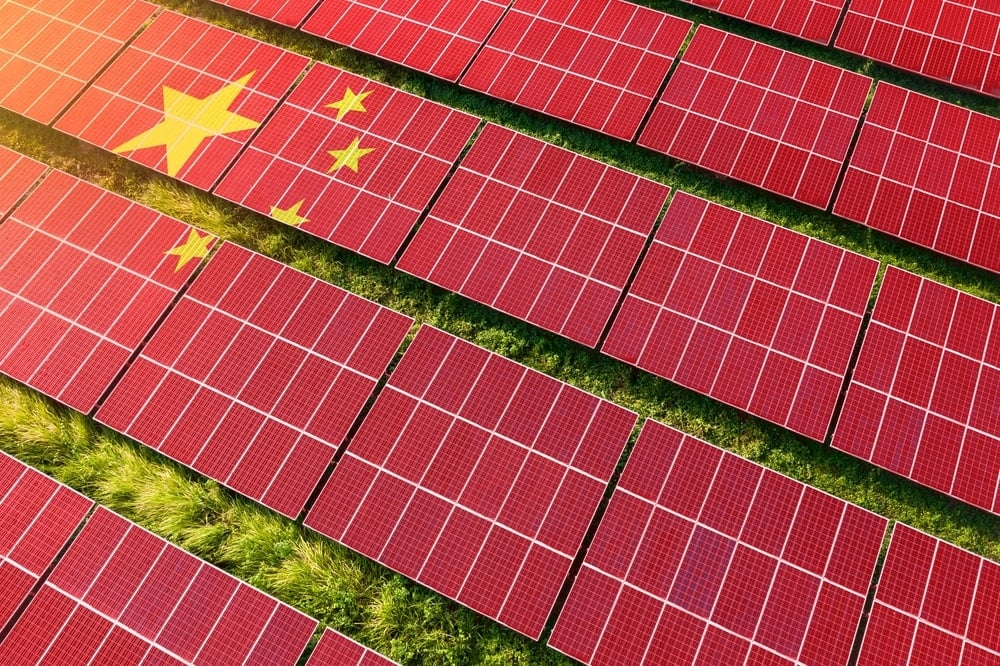China has firmly positioned itself at the center of the world’s energy transition, racing ahead of competitors and cementing its status as a clean-tech superpower. In 2024 alone, Beijing added more solar and wind power capacity than the rest of the world combined, a staggering achievement that underscores both its industrial might and long-term strategic foresight.
Today, China not only leads in renewable installations but also dominates the global supply chain for solar panels, wind turbines, and electric vehicle batteries. From manufacturing hubs in Guangdong to vast desert solar farms in Inner Mongolia, its green energy expansion is reshaping both the climate agenda and geopolitical landscape.
Reshaping Global Influence
China’s dominance in clean energy is not merely about climate policy—it is a matter of geopolitical leverage. By controlling the majority of global clean-tech manufacturing and exports, Beijing wields influence over nations seeking to decarbonize their economies. This extends China’s soft power, positioning it as an indispensable partner in the world’s pursuit of net-zero emissions.
For Europe and the United States, the rapid rise of Chinese green energy leadership presents both opportunity and vulnerability. While Western nations welcome cheaper solar and battery imports that accelerate their own transitions, dependence on Chinese technology raises strategic concerns—mirroring debates once centered on oil and gas.
The Coal Conundrum
Yet China’s leadership is not without contradiction. The country remains heavily reliant on coal, both as a backup for its grid and as a pillar of its energy security strategy. Despite the massive growth in renewables, coal plants continue to be built and operated, complicating the narrative of a clean-energy champion.
Analysts suggest that China’s upcoming five-year plan and its commitments at COP30 will be critical in determining whether Beijing can reconcile its rapid green expansion with the need to phase down fossil fuels. The stakes are high—not only for China’s domestic air quality and climate pledges but also for the credibility of global efforts to limit warming.
Global Climate Ambition at a Crossroads
If China accelerates the shift away from coal, it could tip the scales in the global climate fight. By combining unparalleled manufacturing capacity with policy direction, it has the power to lower renewable costs worldwide, catalyze adoption in emerging economies, and redefine how nations think about energy sovereignty.
At the same time, failure to curb coal dependence could undermine progress, creating tensions between economic pragmatism and climate responsibility. The world is watching closely, aware that China’s trajectory will influence not only markets and climate outcomes but also the balance of power in the clean-energy age.
Conclusion
China’s rise as a green energy powerhouse illustrates how climate policy, industry, and geopolitics are increasingly intertwined. It has outpaced competitors in speed and scale, but the true test lies ahead: whether it can lead not just in manufacturing solar panels and wind farms, but in embodying the deeper transformation toward a carbon-free global economy.



